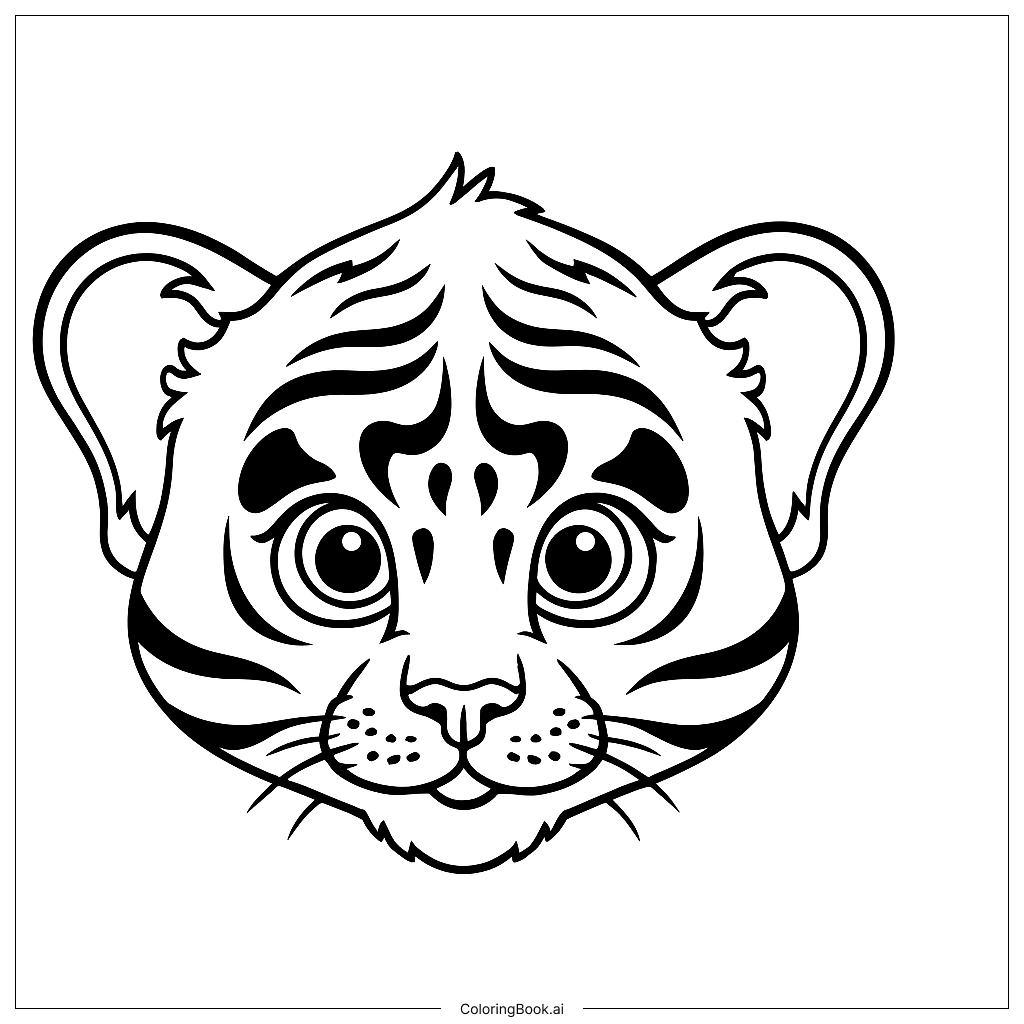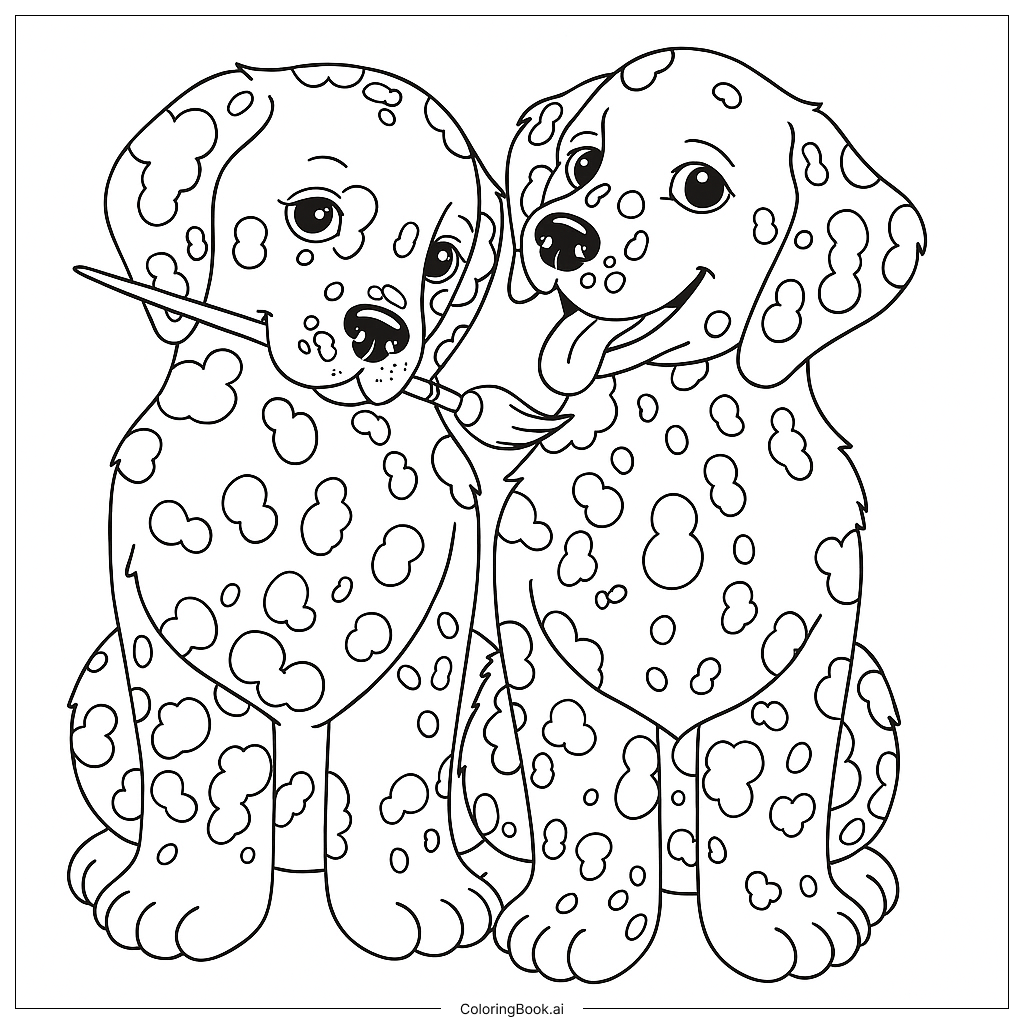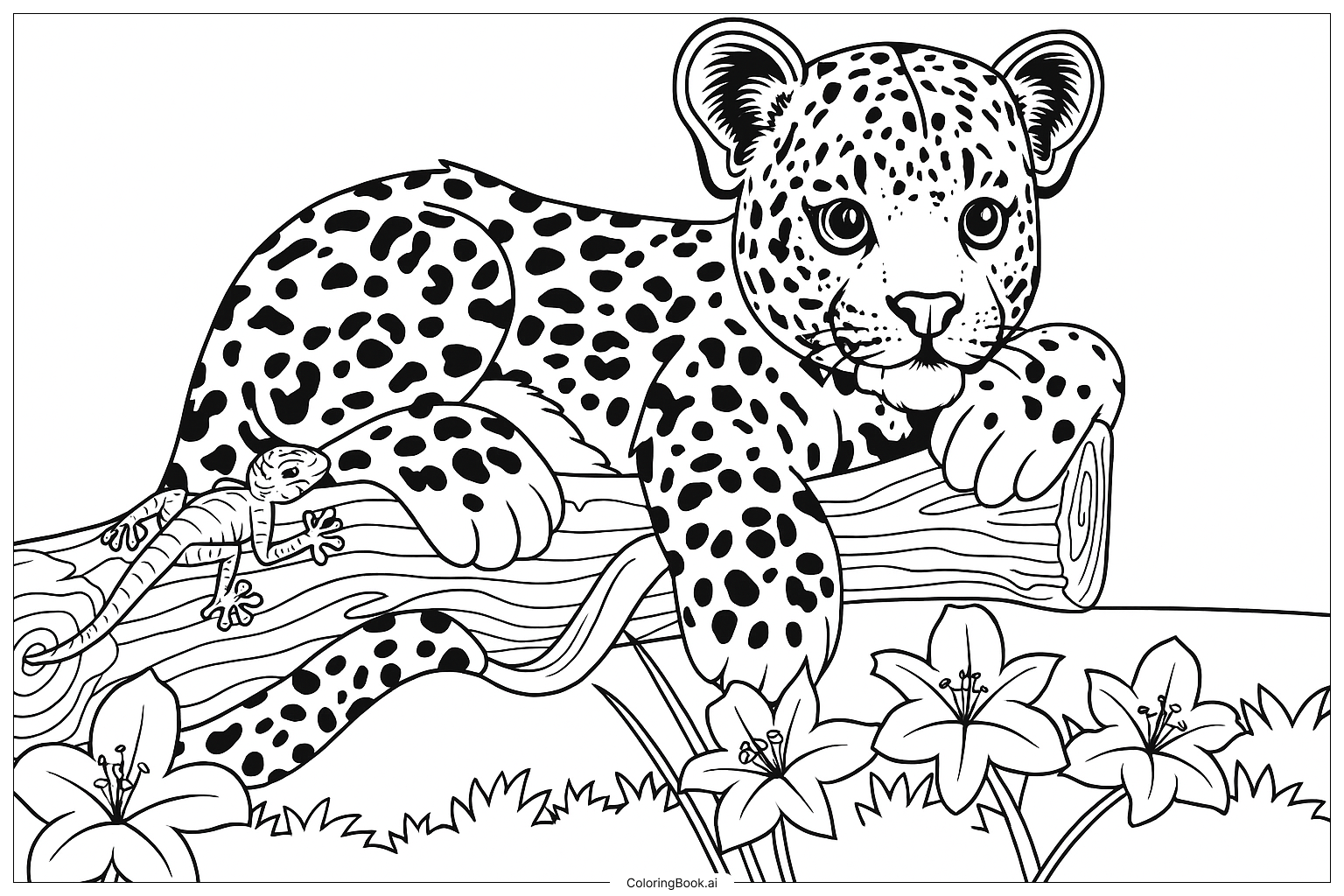Coloring tips: How to color Face Of A Tiger From Our Character Forrest coloring page well?
Use warm colors like orange for the main fur to make the tiger look lively. You can color the stripes with black or dark brown to create contrast. Try light colors like white or cream on the cheeks and around the eyes to highlight these areas. The eyes can be colored bright, such as blue or green, to make the tiger look friendly and engaging. Use pink or light colors for the nose and inside ears. Feel free to add some shades or blend colors softly to give a smooth look. Don’t forget to color the small spots near the whiskers carefully to keep the details clear.
Coloring challenges: Which parts are difficult to color and need attention for Face Of A Tiger From Our Character Forrest coloring page?
1. Coloring the stripes evenly can be tricky because they have different shapes and sizes. You need to be careful to stay inside the lines to keep the tiger’s face neat.
2. The tiger’s eyes have many circles that need careful coloring to make them shiny and bright. Coloring small areas inside the eyes requires attention to detail.
3. The whiskers and spots near the muzzle are tiny, so it can be hard to color them precisely without coloring outside the lines.
4. Blending colors on the face to show soft fur texture might be challenging for beginners. It takes practice to make smooth transitions between colors.
5. Coloring the ears with inner details needs patience to separate different parts with suitable shades without mixing them together.
Benefits of coloring books: Advantages of drawing Face Of A Tiger From Our Character Forrest coloring page
Coloring this tiger face helps improve focus and patience as children work on the detailed stripes and small parts. It also encourages creativity in choosing colors and blending them to create a lively look. Fine motor skills develop by carefully coloring inside the lines, especially on small areas like whiskers and spots. Completing this page can boost confidence and provide a sense of accomplishment. This activity also introduces kids to the beauty of animals and their unique patterns, sparking an interest in wildlife and nature.




